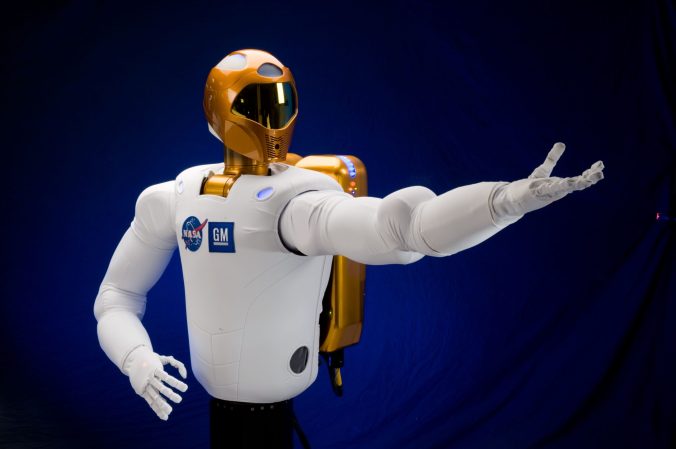

Why subject yourself to the dull buzz of fluorescent lights and endless data sets? Play with plastic explosives, dive with jellyfish, or make video games instead! These schools will make you wish class would never end.
Over the years, PopSci has pulled together annual lists of the coolest, funnest college labs, the places where we would like to have spent our youth tinkering, exploring, and learning. Here, we’ve collected the ultimate list of all the great labs we’ve ever covered.
Launch the gallery for our full illustrated list of the coolest college labs in the country.




































